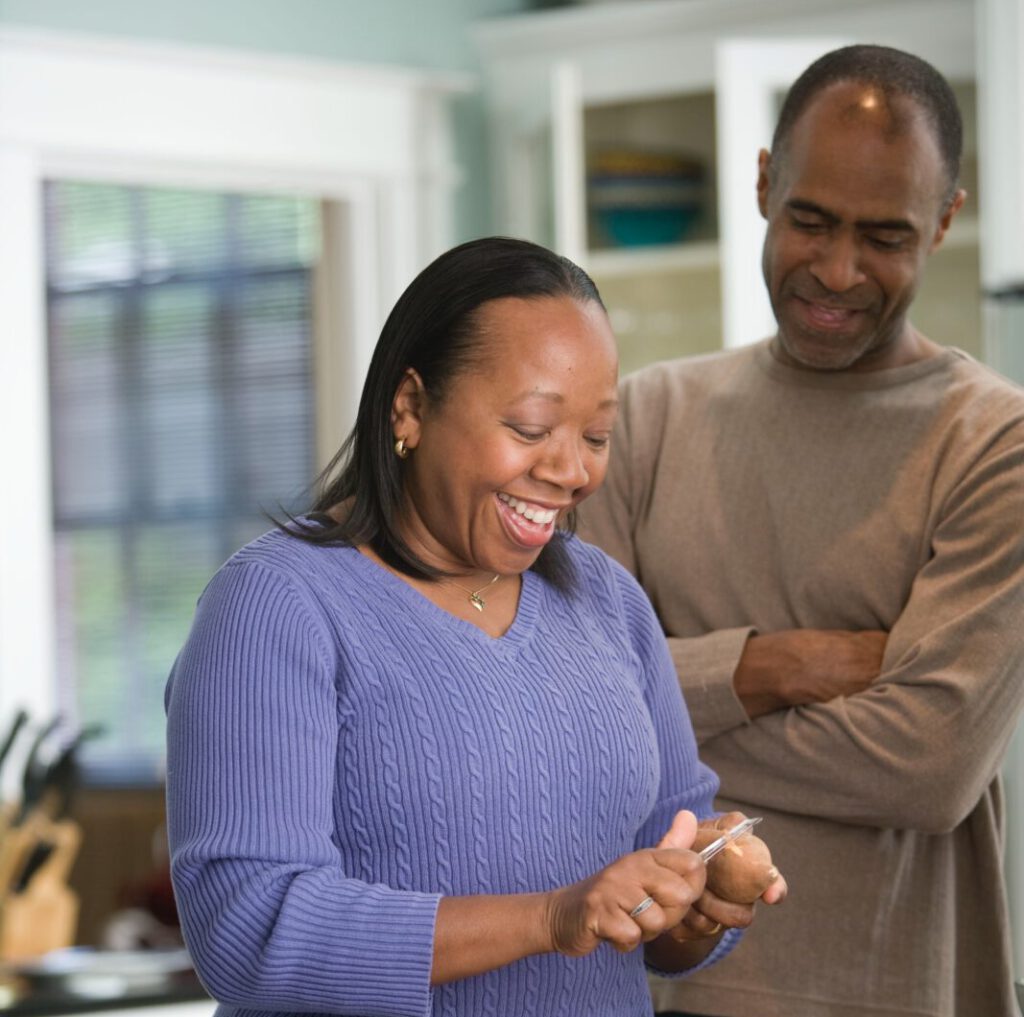
Learning the truth behind many of the back pain myths from a trusted source is important for treating back problems and preventing any further damage to the bones and tissues. It’s true that back pain is one of the most common health issues experienced globally, affecting millions of people at some point in their lives.
Many types of back problems can be difficult to diagnose and typically involve a variety of treatment options that pose various risks and benefits. Despite its prevalence, there are still many myths and misconceptions about its causes, treatment, and prevention. This can often lead to prolonged recovery and harmful coping strategies.
These myths often lead to unnecessary anxiety and ineffective treatments. In this article, we will discuss some of the most common misconceptions and provide evidence-based information to help you better understand and manage your back pain. Here are a few common myths about back pain and the facts supporting the truth for each.

One of the most common back pain myths is “bed rest is the best cure for back pain and recovery”
This is true if you are suffering from chronic back pain, you may require short periods of bed rest. Research has shown that most types of back pain require moderate physical activity like walking, gentle stretching, and swimming is more beneficial than bed rest.
Prolonged inactivity like bed rest can worsen your back pain. Staying active strengthens muscles, helps maintain flexibility, and improves blood circulation, which can help in your recovery process.
Another common myth is that “back pain is associated with a structural problem”, such as spinal degeneration and a herniated disc. These conditions can cause chronic back pain but are not always the root cause. In many cases, the pain may be related to soft tissue damage rather than structural abnormalities.
Never assume that your back pain is due to a serious structural problem, consult with a healthcare professional who can identify the true cause and prescribe the appropriate treatment.
Many people believe that “constipation does not cause back pain”. The lower back is not directly affected by constipation but can cause specific disruptions like altering the balance of the gut microbiome. This has been known to cause increased anxiety and pain perception. Constipation can cause chronic back pain due to excessive inactive behavior and insufficient physical activity.
Women are more prone to lower back pain caused by constipation in comparison to men. Women generally get constipated more often than men is still seemingly a stretch, as constipation is largely diet related and it’s not sex dependent.
Another myth is that “back pain is never related to kidney disease”
Many kidney-related problems, including kidney stones and infections, can cause severe pain in the back area. Pain can occur on the left or right side of the lower back and may present as a sharp stabbing pain or a dull ache. Conditions such as renal cell carcinoma can cause severe leg pain and sciatica-like symptoms which usually occur at night.
Another common myth is “lifting heavy objects always causes back pain”. While improper lifting techniques can cause injury, the object’s weight is not always the culprit. The way you lift is more important than what you lift. The correct lifting techniques such as bending at the knees, keeping the back straight, and holding the object close to your body are crucial in preventing back injuries.
Strengthening your core and back muscles can also help prevent back injuries
Another myth closely related to “rest is the best cure for back pain” is “when you have back pain you should avoid exercise”. Nothing can be further from the truth, as regular exercise is one of the most effective ways to prevent and manage back pain.
Strengthening the muscles that support the spine, improving flexibility, and maintaining a healthy weight can help to reduce back pain. Exercise is crucial for both preventing and managing back pain. Get in touch with us if you need to develop a safe and effective exercise plan tailored to your needs.
Many people believe the myth that “back pain will only get worse with age”. While it’s true that the risk of back pain increases with age, it doesn’t mean that the pain will necessarily worsen or that nothing can be done about it. Age-related changes in the spine such as disc and joint degeneration can contribute to back pain, but it does not mean it will get worse with age.
Back pain is not an inevitable part of aging
Just because you get older, doesn’t mean your back has to follow suite. A proactive approach to spine health can help prevent and manage pain regardless of age.
Myths around Chiropractic treatments vary with many believing that “Chiropractic care is a quick fix” and some believe that “Chiropractic adjustments worsen back pain”. It is a fact that chiropractic treatments can be beneficial for some suffering from back pain, although it’s not a guaranteed cure.
When delivered by a licensed and experienced practitioner, treatments can aid in alleviating back pain by releasing tension, improving joint mobility, reducing pain, and improving soft tissue health.
When faced with severe or chronic back pain, many people believe that “surgery is the only option”
Surgery is rarely the first form of treatment, as back pain can be successfully treated with non-surgical interventions. With modalities like physical therapy, medications, lifestyle changes, and alternative therapies like acupuncture or chiropractic care. Surgery is typically considered a last resort when conservative treatments have failed. If there is a clear structural problem that needs to be addressed surgically, such as severe spinal stenosis or a herniated disc pressing on a nerve. Then it is used as a necessity.
 By understanding these common myths and relying on evidence-based information, you can make better decisions about your treatment and recovery. Staying active, practicing good posture, and seeking professional advice when needed are key strategies for managing and preventing back pain.
By understanding these common myths and relying on evidence-based information, you can make better decisions about your treatment and recovery. Staying active, practicing good posture, and seeking professional advice when needed are key strategies for managing and preventing back pain.
Remember, not all you’ve heard about back pain is true, and understanding the facts is the first step toward better health.
If your back pain is constant pain, treating the underlying cause properly and making lifestyle modifications to rehabilitate the spinal structures, can help maintain long-term pain relief. Always consult your healthcare provider, who will give you an accurate diagnosis based on your medical history and physical examination.
Additional Blogs by PRO Therapy
Tips for Preventing Lower Back Pain While Doing Yard Work
The Importance of Core Strength for Back Health
Physical Therapy Myths and Facts
Do You Want to Be in Less Pain?
Maybe you’re left feeling Confused? Skeptical? Fearful? Anxious? Depressed? You’ve sought advice from other healthcare professionals, maybe even a Physical Therapist in the past, but nothing they seemed to say or do helped solve your problem.

